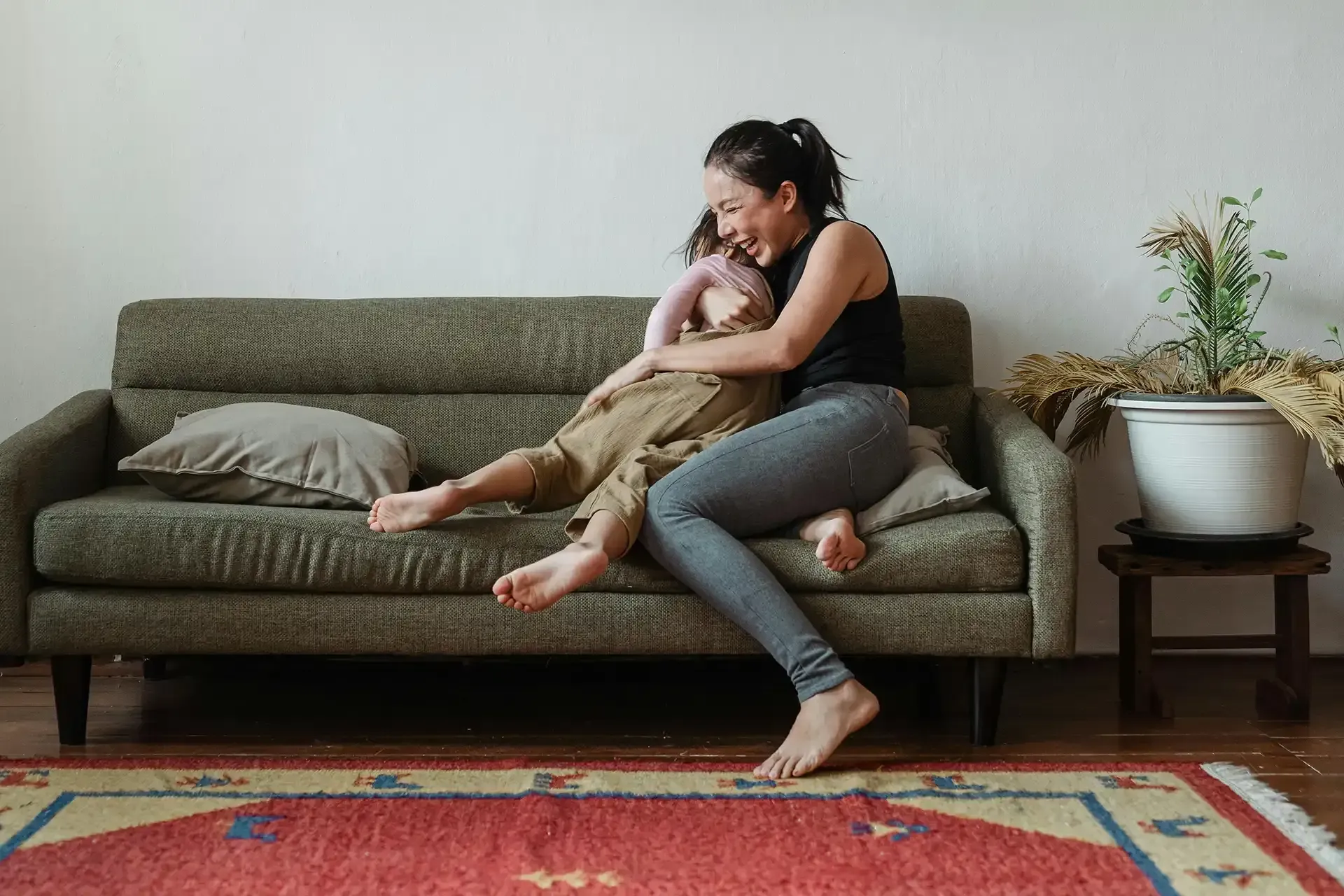Pathways from homelessness to housing stability
In late 2024, Dom Rowe, CEO of Homelessness NSW, put forward homelessness prevention strategies to the ahi: NSW Branch. Her words resonated with us, so we requested she write an article that we'd now like to share with all ahi: Members.
Homelessness is sometimes framed as a personal misfortune, but in reality, it is the signs of systemic failure.
Rising housing costs, stagnant wages and policy gaps have led to an increasing number of people experiencing housing insecurity. In Australia, over 122,000 people experiencing homelessness were seeking suitable homes in the 2021 Census—a 5% increase from 2016. This figure does not fully capture the hidden homelessness crisis, including people couch surfing, living in overcrowded dwellings or sleeping in cars.
Homelessness is not inevitable. It is the direct result of economic and policy decisions, and therefore, it can be prevented. This article explores the key drivers of homelessness and outlines the policy responses required to address them.
THE ROOT CAUSES OF HOMELESSNESS
The Australian housing market has become increasingly unaffordable, particularly for low-income households.
Rents have risen sharply outpacing wage growth, while homeownership remains out of reach for many. The private rental market is failing those on lower incomes, with Anglicare’s 2023 Rental Affordability Snapshot finding that only 0.8% of available rentals were affordable for a person on JobSeeker.
Without stable, affordable housing options, more people are at risk of experiencing homelessness.
Inadequate and inappropriate housing stock
Even when housing is available, it is often unsuitable for those who need it most. Australia has a severe shortage of social and affordable housing, with an estimated 640,000 additional social and affordable homes needed by 2036 to meet demand. Existing housing stock is often poorly maintained, inaccessible for people with disabilities, or located far from employment and services.
Without significant further investment in public and community housing, homelessness will continue to rise.
Domestic and family violence is a leading cause of homelessness for women and children
Domestic and family violence is the leading cause of homelessness for women and children in Australia. In many cases, victim-survivors are forced to choose between staying in an unsafe home, or leaving without a safe and secure home to go to.
The lack of crisis accommodation, transitional housing and long-term affordable rental properties exacerbates their risk of homelessness. Women’s refuges and specialist services are chronically underfunded, leaving many without the support they need to rebuild their lives.
Institutional exits are a system setting people up for failure
A significant proportion of people experiencing homelessness have recently exited institutions such as prisons, hospitals and mental health facilities. Data shows that 50% of people leaving prison are at risk of sleeping rough on their first night of release. Without stable housing, these individuals face an increased likelihood of reoffending or experiencing poor mental and physical health outcomes.
A lack of post-release support, coupled with housing unaffordability, means that many are trapped in cycles of homelessness and incarceration.

PROVIDING PROPER SUPPORT
Addressing homelessness is not just about providing housing—it’s about ensuring people have the necessary support to maintain stable and secure accommodation.
Without proper assistance, many individuals remain vulnerable to cycles of housing instability. Strengthening support services is key to preventing homelessness and helping people rebuild their lives.
Help meeting household bills
For many low-income households, the rising cost of living means that a single unexpected expense—a medical bill, a car repair or a rent increase—can push them into housing insecurity. Targeted financial assistance––such as emergency relief payments, utility bill subsidies and rental support––can provide crucial breathing room for those at risk of losing their homes.
Help identifying suitable and affordable homes
Finding appropriate housing is a complex challenge, particularly for those on low incomes, people with disabilities or those fleeing domestic violence. Many individuals struggle to navigate the private rental market or secure a place in social housing due to long waitlists and administrative barriers.
Increased investment in homelessness services, rental assistance programs and tenant support workers can help people access and sustain safe, affordable homes. Additionally, strengthening pathways to permanent housing from crisis and transitional accommodation ensures people are not left without options.
Case management and wraparound support
For people experiencing or at risk of homelessness, access to holistic support is imperative. Case management services connect individuals with essential supports––including mental health care, drug and alcohol services, employment programs and community networks. These services ensure people receive the help they need to stabilise their living situations and address some of the factors that contribute to homelessness.
Expanding Housing First programs—where secure housing is provided alongside tailored support services—has proven effective in breaking the cycle of homelessness. By investing in these key areas of support, we can move beyond reactive crisis responses and work toward long-term housing stability for all.

SOLUTIONS: WHAT IS BEING DONE AND WHAT MORE IS NEEDED?
Economic and social safety nets
The link between financial insecurity and homelessness is well-documented.
Improving economic security through increased Centrelink payments and minimum wage adjustments is essential to prevent more people from falling into homelessness. The current rate of JobSeeker and Youth Allowance remains well below the poverty line, leaving recipients struggling to afford basic necessities, including rent. Increasing these payments to a livable rate would provide a crucial buffer against homelessness.
Stronger tenant protections and rent reform
Recent legislation ending 'no-grounds evictions' is a key step toward preventing homelessness. No-grounds evictions allowed landlords to remove tenants without reason, often leading to displacement and housing instability.
Several Australian states have begun to introduce stronger renter protections, but national action is needed to ensure consistency and fairness across all jurisdictions. Rent control measures, including limits on excessive rent increases, should also be explored as a means of improving housing security.
Investment in social and affordable housing
In response to Australia’s housing crisis, governments have pledged increased investment in social housing.
The NSW Budget has allocated A$6.1 billion to social housing, with A$5.1 billion for new housing and A$1 billion for maintenance and repair of existing stock. This will support the refurbishment of 33,500 homes, a critical step in preventing further housing insecurity. However, given the scale of need, this investment must be sustained and expanded over the long term.
Strengthening housing and support services for at-risk groups
To break cycles of homelessness, targeted housing and support programs are required for at-risk groups, including:
- Survivors of domestic violence, through increased crisis accommodation and permanent housing pathways;
- People exiting prison and mental health facilities, through housing-first initiatives that ensure no one is released into homelessness;
- Young people leaving out-of-home care, who require long-term housing and employment support.

THE WAY FORWARD
While recent policy changes signal progress, they remain insufficient in addressing the root causes of homelessness.
A national approach to homelessness prevention is needed—one that integrates housing, economic security and social support systems. Governments must commit to sustained investment in homes and services, rather than relying on crisis responses that merely manage the problem rather than solve it.
Homelessness is preventable. By addressing systemic drivers and prioritising prevention, we can ensure everyone has access to safe, stable and affordable housing.
Other articles you may like

We acknowledge the Wathaurong, Yuin, Gulidjan, and Whadjuk people as the traditional owners of the land where our team work flexibly from their homes and office spaces. Ahi Australia recognises Aboriginal and Torres Strait Islander peoples as the first inhabitants of Australia and the traditional custodians of the lands where we live, learn and work. Ahi New Zealand acknowledges Māori as tangata whenua and Treaty of Waitangi partners in Aotearoa New Zealand.
Copyright © 2023 Australasian Housing Institute
site by mulcahymarketing.com.au





